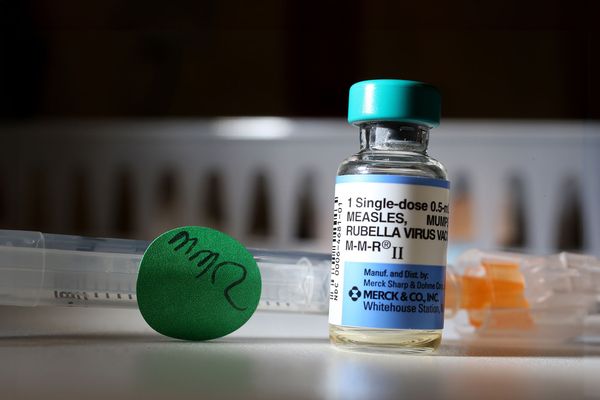
Labor will govern in majority with 77 seats after 21 electorates flipped during the election. The crossbench has doubled to 16, with seven new independents. This includes six self-identified teals.
There was a 5% swing against the Coalition nationally, but the swing in many seats was far larger. Almost half of the seats that flipped were previously considered safe or fairly safe. Five of those were won by independents.
The major parties also received their lowest recorded first preference vote, continuing a downward trend that stretches back decades.
Using data from the Australian Electoral Commission and our seat explorer, Guardian Australia has crunched the numbers to help explain the election result. The seat results are based on predictions and, as of writing, none of these seats have been officially declared by the AEC.
The Coalition lost 18 seats, 10 went to Labor and six to independents. The Greens picked up three seats in Queensland, two from the Coalition and one from Labor.
The United Australia party lost its only seat after the Liberals retook Hughes. Craig Kelly had won Hughes as a Liberal candidate in previous elections but defected during the last parliament.
Labor lost two seats – Griffith to the Greens and Fowler to an independent.
Even though seat boundaries can change, many had been held continuously by one party – Fowler by Labor, and Goldstein and Pearce by the Coalition.
Kooyong and Boothby had been held by the Coalition since the 1940s. A number of similarly long-held seats also came close to being lost – with Bradfield in Sydney’s north seeing an almost 15% swing against the Coalition on first preferences.
In the table below you can see how long the seats that flipped had been held, as well as the previous margin.
Mackellar, Fowler and Curtin were all won by independents despite incumbents having margins greater than 13%.
In fact, nine of the 21 flipped seats were previously considered safe or fairly safe seats – where the incumbent won more than 56% or 60% of the vote respectively at the previous election.
Finally, the vast majority of the seats the Coalition lost were in inner metropolitan areas. This includes long-held seats such as Goldstein and Kooyong in Melbourne.
This matches the 7.5% swing against the Coalition on first preferences votes in inner metropolitan areas.







